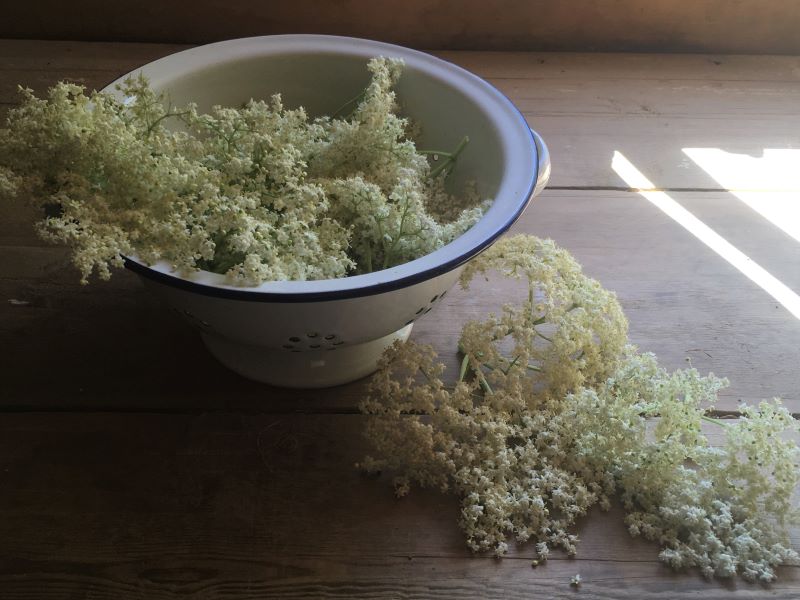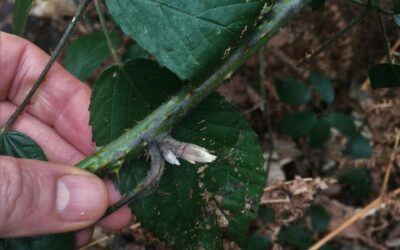Fruit Leather
Fruit leather is a really popular snack and easy to carry around with you. It’s basically thin, pliable sheets of dehydrated fruit puree with a flexible consistency (like leather).
But don’t buy it in the shops because it’s incredibly simple to make your own. Now is the time to make it, when there are many fruits in season. All you need is apples/pears and berries…
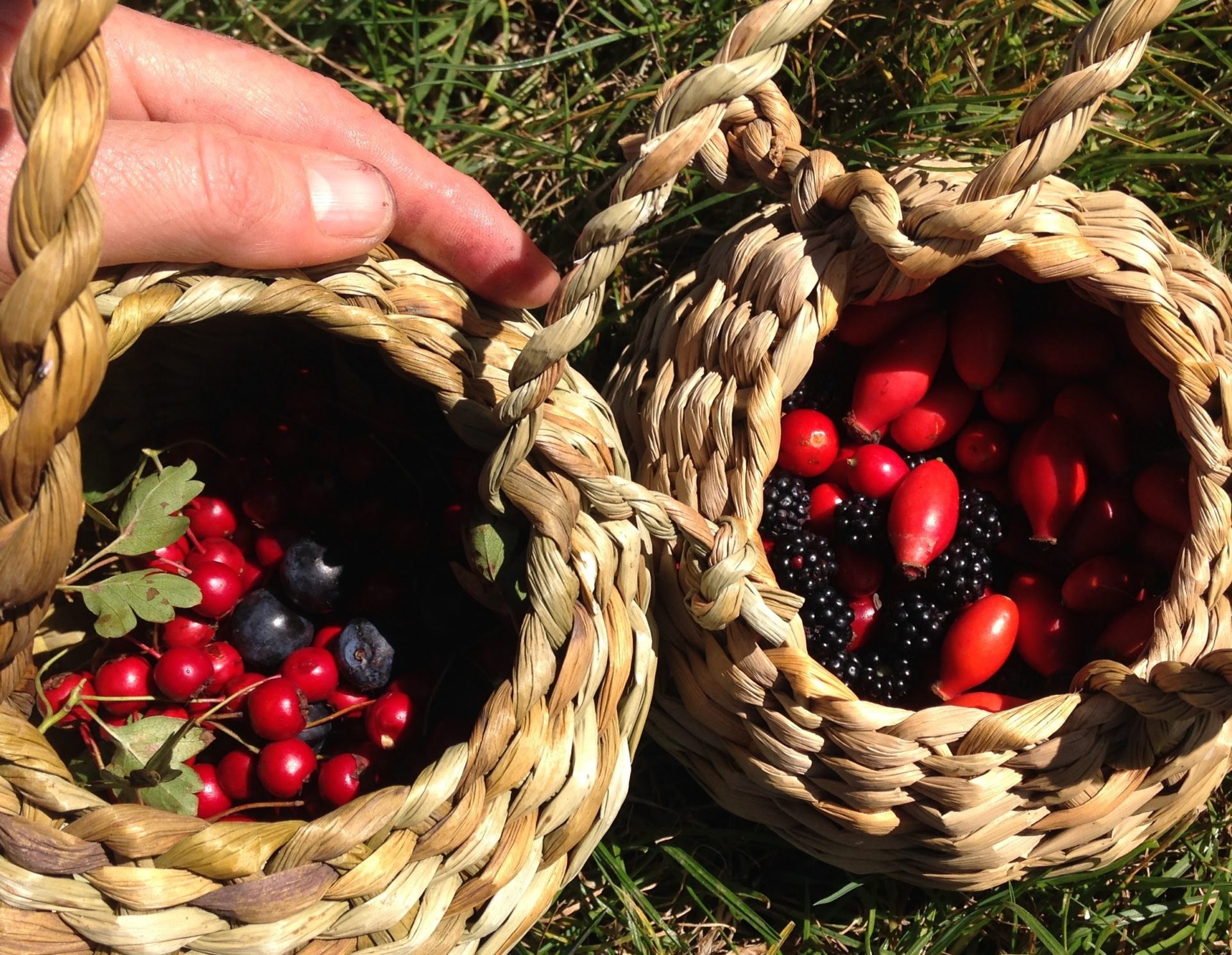
I like to use dessert apples and/or pears as a base, as they give ‘body’ & then no added sweetener is needed. If it’s too late in the year for blackberries where you live, and you don’t have any that you put in the freezer, scroll down for more ideas.
Other fruits
Pears: fruit leather made just with pears with added ginger is particularly delicious. I grate a generous thumb of ginger root and then squeeze out the juice (with my hand) into the pear puree.
Hawthorn berries: simmer the red berries in a little water til soft (about 15 mins), then push through a coarse sieve or colander, with the back of a wooden spoon, to separate the fruity mash from the large pips. Add to the cooked apple.
Sloes and wild plums (bullace): I like to roast these separately and then add them to the cooked apple once I’ve removed the fruits’ stones. You can dry roast them in a frying pan or in a tray in the oven. Once they start to split, their sweetness is released. Use these sparingly in your fruit leather as they have a strong presence.
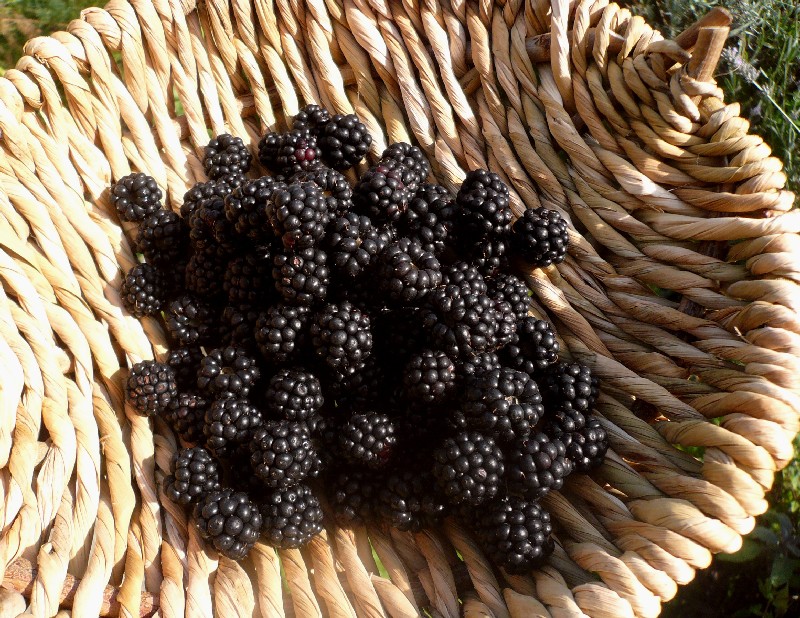
Ingredients (approximate, you can vary this according to taste): 500g dessert apples/pears, 250g berries (eg blackberries, hawthorn, sloes), juice of 1 lemon. You can also include around 75g (or to taste) of runny honey if you like.
Method: peel, core & slice the apples/pears thinly. Put about 1cm of water in a pan & add the apples, berries and lemon juice. Simmer gently, just til the apples are soft. Mash it up together, and rub it all through a sieve to remove berry pips (if you like a raw option, you could just put it all in a food processor, having cored the apples first). Once sieved/pureed, add the optional honey and stir well so that the honey dissolves.
Line two baking sheets (approx 24cm x 30cm) with baking parchment & spread the fruit mash to a depth of no more than half a centimetre. Put the trays in a very low fan oven, 60C, (or in a food dehydrator if you have one) until it’s completely dry and peels off the parchment paper easily. This can take upwards of 12 hours, but check it from time to time.
When it’s dried enough, cut or tear into pieces & store in an airtight container. It’ll keep for about 6 months.
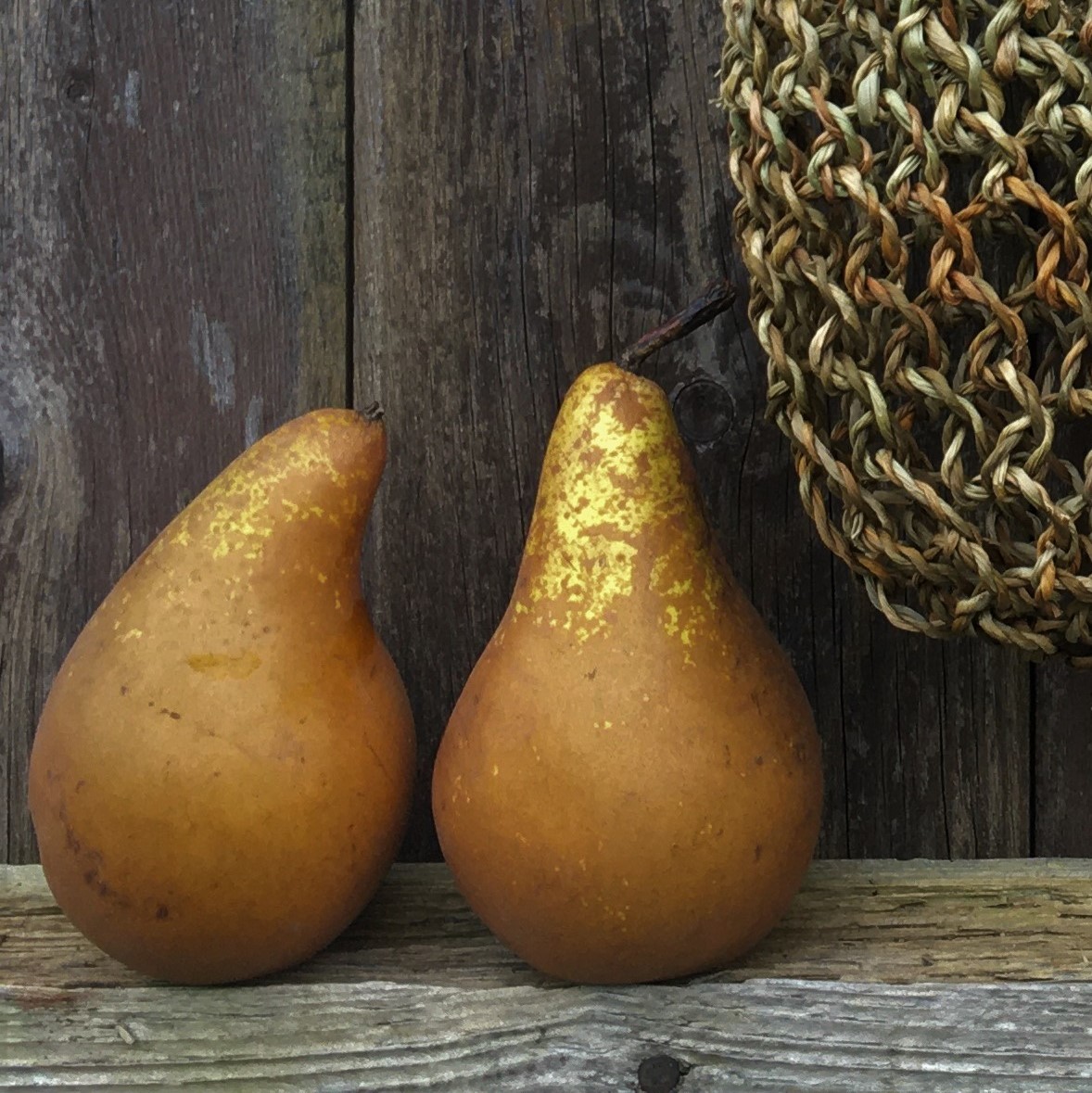
It’s good to experiment with fruits that you have to hand… just follow the principles of this recipe and method and find which type of fruit leathers you enjoy.
Weave your own foraging basket on a course with me, using foraged weaving materials, in beautiful Sussex woodland.

